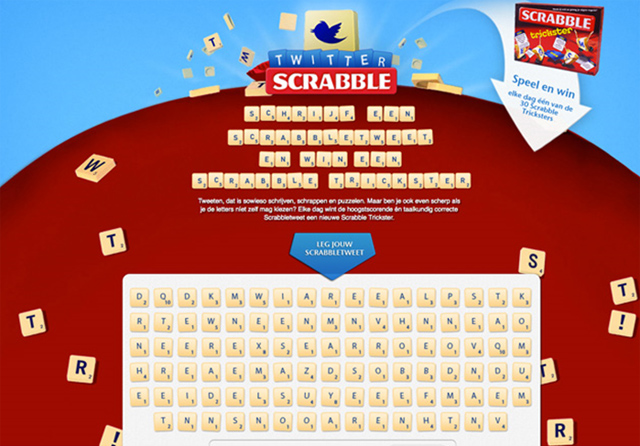Associating play to children’s drawers filled with LEGO and action figures can be accurate, but also limited. Play has expanded its definition to permeate office spaces, HR interviews, university classrooms, and even advertising. Gamification can be applied to our daily routine, turning mundane tasks into games. It can also turn a company message into an arcade experience.
Integrating traditional elements from games such as quests, characters, and missions (honor badges included) can lead to high levels of interaction and memorable brand experiences. It can also lead to controversy.
In fact, a recent study by the University of Bath asked whether the use of games in advertising should be strongly regulated. It found that advergames mostly promote HSSF (high salt, sugar, and fat) products to kids who in turn tend not to recognize advergames as advertisements, therefore influencing them at a subconscious level. Since promoting HSSF products around kids’ TV programs is banned in the UK, companies might be taking advantage of a regulatory loophole when using online games for advertising sugary treats. This sheds a different light on the funny 7 Up cartoon game that ruled the 90s Sega.
Yet, the demographic appeal of online games has increased in the past decade. In fact, the average age of a gamer nowadays is 30 years old. So it comes as no surprise that companies are also using gaming to target what was before considered to be a serious-adult-creature-who-would-oh-never-play-a-silly-game. Companies such as AirFrance, Coca-Cola or Christian Louboutin have managed to cleverly develop effective campaigns while also offering consumers a break from their routine and a form of entertainment. Forget the pixelated personifications of snacks, below are some tips that might push your campaign up one level without the need to Google for secret codes or cheats.
1. Huge complex stories
Perrier Secret Place (case study film) – Fighting Fish from QUAD productions on Vimeo.
With their Secret Place campaign, Perrier sang so long, farewell to simple arcade games. Through a choose your own adventure-like experience done via videos, they took players inside a secret party in a Parisian apartment with the objective of finding a hidden Perrier bottle. In order to do so, they needed to interact, spy on the guests, and explore rooms for clues (basically be a snoopy invitee). A total of one hour and twenty minutes were developed for this project and only one unique combination of experiences could lead to the prize.
2. Check your watch. Timing matters
Can someone object to winning a first class ticket right before boarding a plane? It doesn’t seem likely. Juicy prizes come as no secret ingredient to many gaming campaigns. The Cloud Slicer by Air France was no exception to this rule. However, the way they got the passengers to participate is worth looking at.
First, they built a physical atmosphere, transforming the gates at the Changi Airport in Singapore and Kansai in Osaka into gaming arenas. More than 400 passengers were invited to compete against each other through their mobile devices during their 15-minute wait before boarding. And the top scorers were instantly upgraded to the new business class cabin, while the runners-up won seats in premium economy. The game could have been started when checking-in online or buying the tickets, yet Air France opted to turn the dead waiting time into amusement. Furthermore, the prizes were given by the pilot himself, making employees connect with the gamers.
3. S is for Social Media (or Scrabble)
You might have played Scrabble against your mother or that cousin who always seemed to get the good letters (damn you X and W!) still, how about a massive Scrabble-off against all the people in your building, street or country?

For the launch of their new game Scrabble Trickster, Hasbro did a countrywide Scrabble game on Twitter. Everyday people got a set of letters and they had to tweet a word using as many letters as they could to beat the highest score.
Furthermore, YouTube has also been incorporated into advergame campaigns. Thanks to a collaboration with Tim Hecker (one of Canada’s biggest electronic sound artists), Adidas launched their new clothing line with a game where you could record and share 30 second clips by mixing fashion video clips and grunge sounds. After playing, you could share your creation via social media and even get the opportunity to be featured in their official YouTube channel.
Game equilibrium
Still, there has to be a balance between company messaging and the overall game experience. A bit extra of either ingredient and the campaign risks being a flop. Too much adver can turn savvy players away, and too much game might not do the company a favor. Their brand will get lost in the background. Subtlety is key.
Let’s hear from you. Would you integrate games into your campaign? Are you strongly against them or are there any advergames you love? Share your thoughts and game on!











